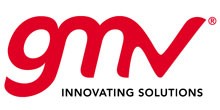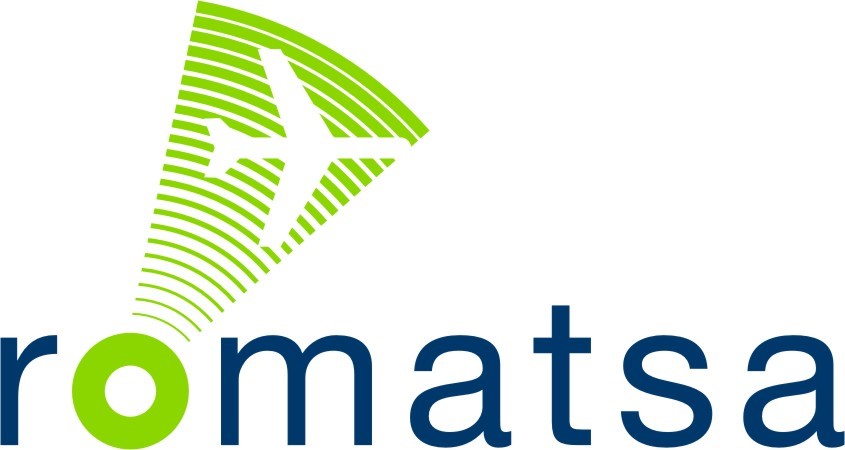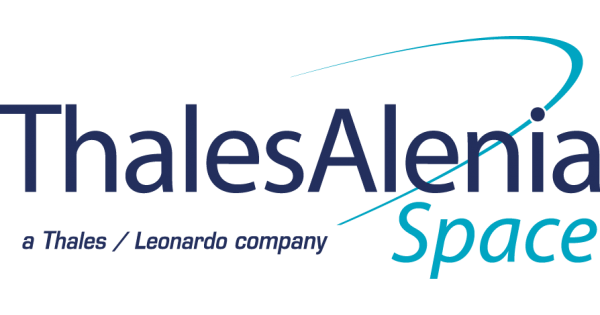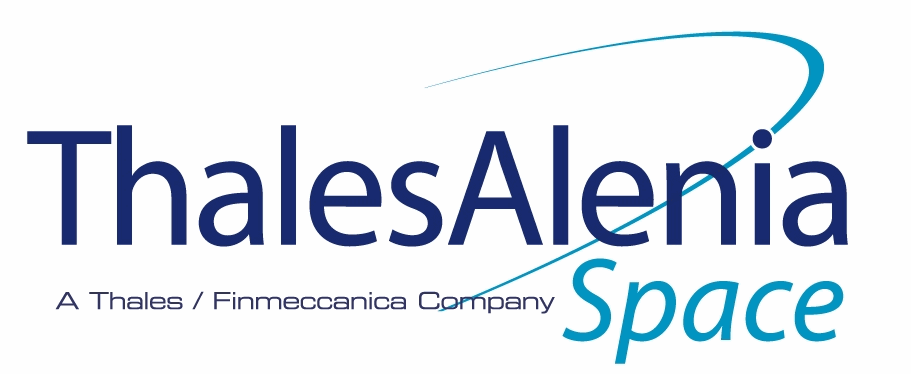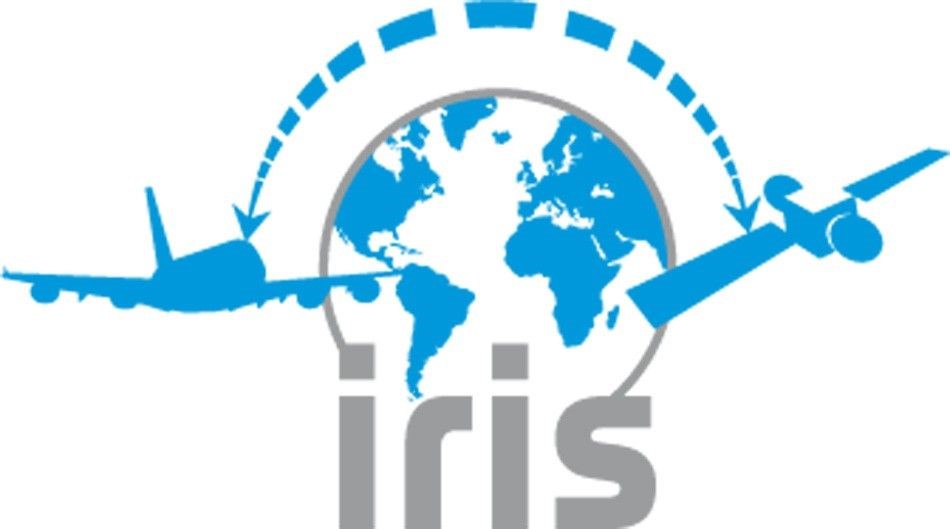
-
StatusOngoing
-
Status date2016-09-05
The overall IRIS programme aims at designing, developing and operating the future satellite datalink service for European continental airspace. The Iris Service Evolution is the last to date step engaged to design the future satellite system to meet the long term performance requirement for aviation safety services: controller Pilot Datalink Communication (CPDLC) and 4D trajectory based operations. Iris Service Evolution is one of the identified elements of the overall roadmap for a full operational satellite data link for Europe:
- The IRIS Service Evolution is assessing the performance requirements for a primary communication system for the aviation safety.
- It also assesses the complementary requirements that a new system design could address: a fully global service (polar coverage, other regions covered by the satellite), extension of services to other users (e.g. Remotely Piloted Aircraft - RPAS). [PB1]
The future Iris Infrastructure [PB2] will build both on the Iris Precursor infrastructure and the results from the Iris Service Evolution for the long term requirements.
Finding the balance between the optimal system design and the market approach to deliver in the end an economically viable system is one of the challenge, and beyond the technical activities, the project is investigating this through specific market-based activities. The project also targets a realistic transition path from the end users perspective. The key elements that might impact the service provision will be identified and analysed from the technical, operational, regulatory and business perspectives. A high level assessment of possible consequences, risks, mitigations and options will be conducted allowing for a proposed transition roadmap to be built.
The Iris services will operate in the “competitive” environment designed by the specific needs of safety critical services for aviation: a given service most of the time rely on the combination of various technologies and providers. In the context of the Datalink service, it is anticipated that the satellite link will operate in parallel to other ground based systems and that a multilink policy will be defined to better exploit the capabilities of each of these datalinks.
Iris services will enable the benefits anticipated by SESAR: allowing the 4D trajectory based operations, the major benefit driven concept in SESAR, relieving the congested VHF network to allow efficient communication between the controller and the pilots, but also improving the airlines operations with advanced optimisation applications, in a nutshell supporting the Single European Sky targets of efficiency, safety and environment to be met.
The technical approach for the overall Iris Service Evolution activities is innovative but low risk building on proven, existing technology. The system architecture is an evolution of the SwiftBroadband Safety (SB-S) system developed for Oceanic Safety services, which itself is an adaptation of the commercial SwiftBroadband system in service today.
The system evolution solutions will in particular target:
- The addition of the ATN/IPS communications protocol, defined by the international aviation community as the future communication service layer. The project will set requirements for future developments in the ground and in the air and will establish a baseline for proposed standards and technical manual contributions to be fed into the ICAO COMP and AEEC standards committees.
- The increased Safety & Performance levels based on the SESAR Deliverable on the Future Communication Infrastructure (FCI) [PB1] Operational Concept: the more mature description of the long term operational requirements is based on the work of SESAR P15.2.4 (Future Mobile Data Link system definition). Iris Service Evolution will propose an overall system architecture meeting the increased requirements in particular on:
• Lower Latency
• Higher Availability
• Capacity
- Increased security: a security analysis will build on the one realised for Iris Precursor, taking into account related work performed in SESAR. This will identify the additional threats to be expected when implementing the long term services identified in the FCI Operational Concept.
The study will deliver options for upgrades and consider their feasibility with respect to making changes to existing implementations of Iris Precursor. These options will be assessed also against business perspective to derive the selected System Architecture and Design work[PB2] integrating past activities from the ESA ANTARES programme.
The key Milestone include:
The System Requirements Review (SRR) was done in May 2016. It performed a review of initial feasibility and options, initial system requirements and initial top level Architecture.
The Preliminary System Design Review (PDR) will review the Detailed Feasibility and Options and Deliverables scheduled at T0+9 months.
The decision on Pre- Developments planned one year after the start of project will allow agreeing on Potential Pre-
Developments
The Design Review (SDR) will perform the review leading to the validation of all agreed deliverables before the final results presentation in ESTEC at the final review.
The Iris Service Evolution has just passed the Service Requirement Review and is now progressing on initial options for the System design solutions.














